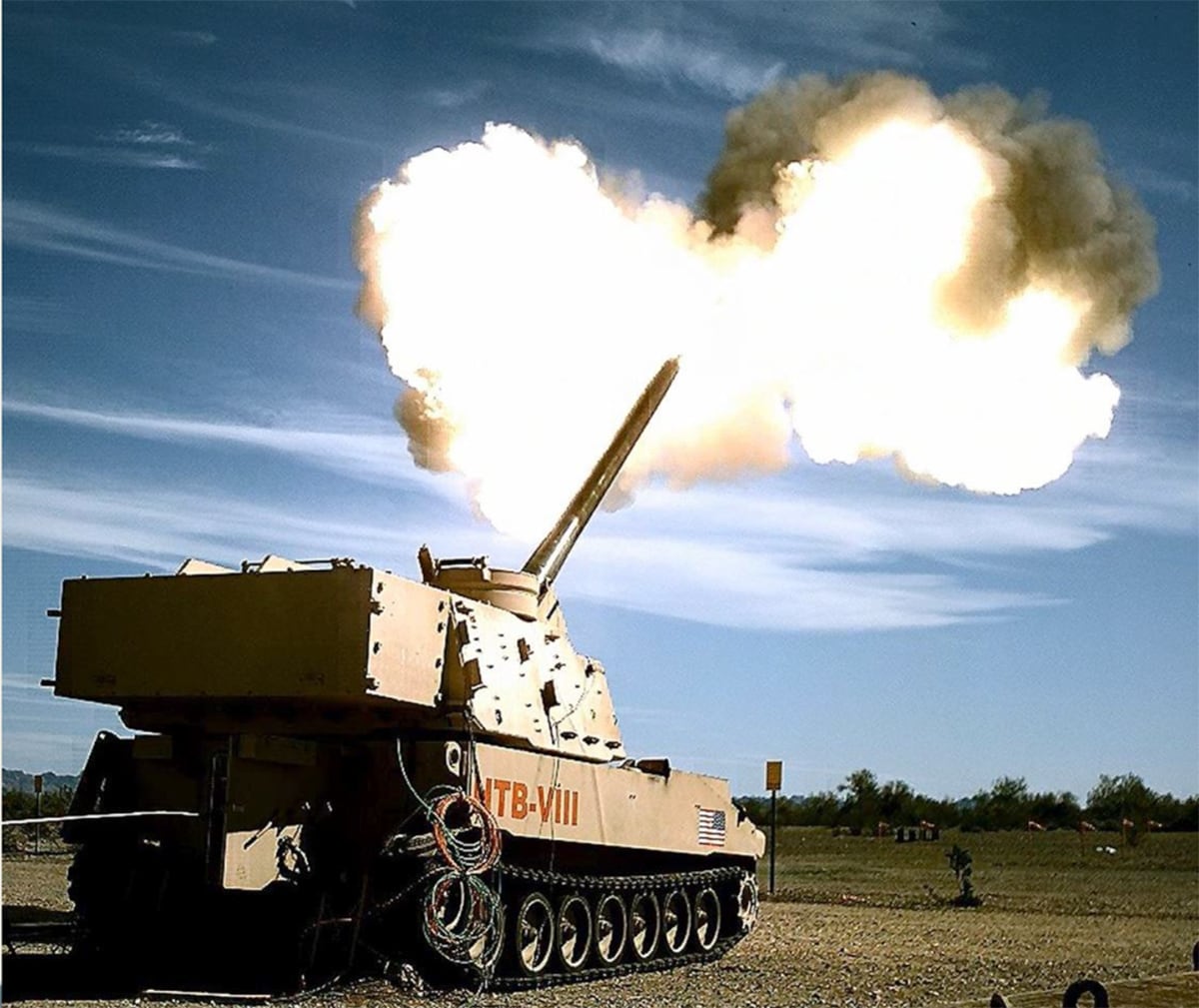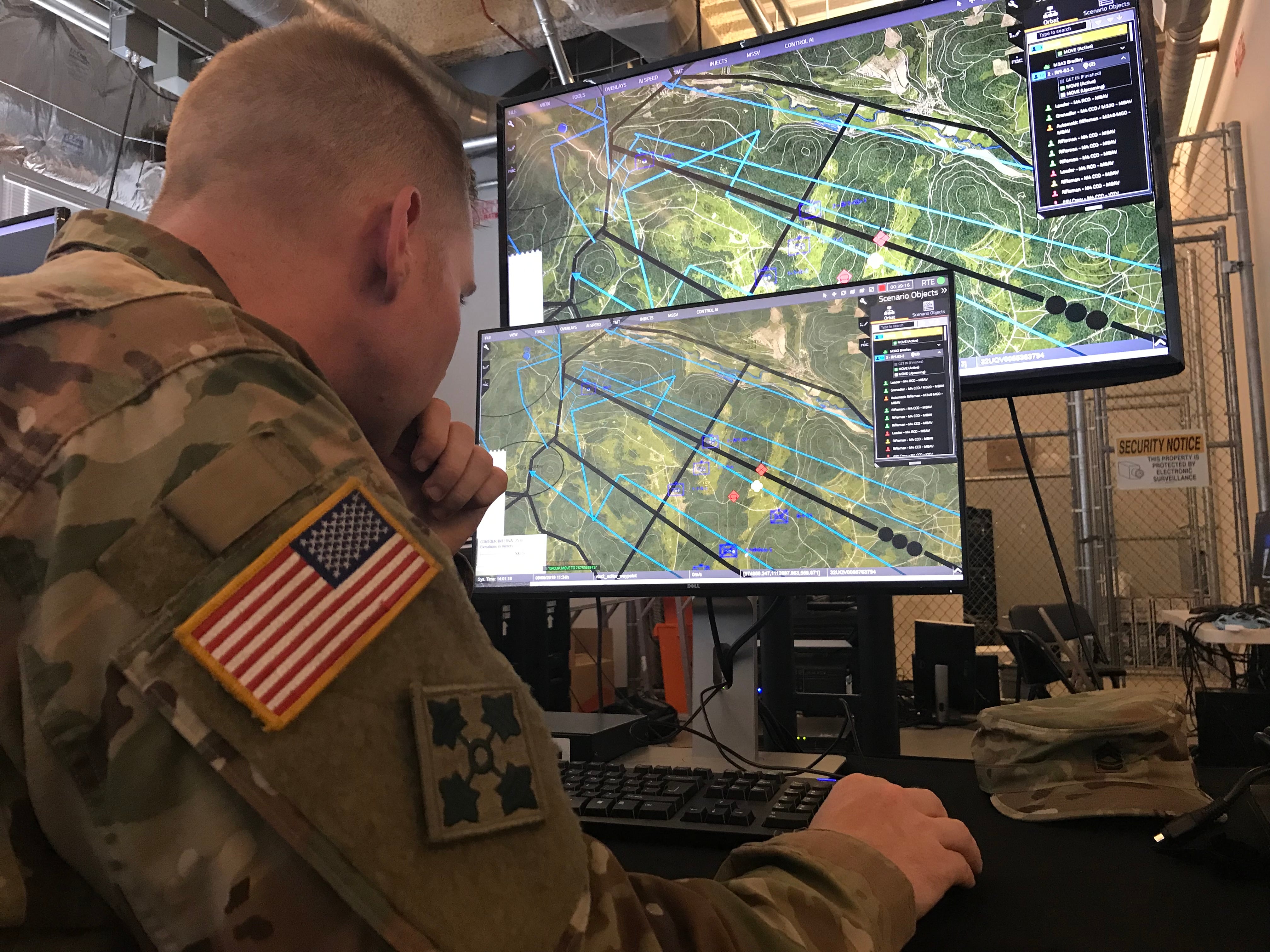WASHINGTON — U.S. Army Futures Command is laying the groundwork to strengthen collaboration with academia and small businesses to solve some of the service’s most major problems.
The Army has struggled with relationships outside of the established defense industry, particularly with small businesses and Silicon Valley.
Small businesses have expressed concerns about working with the government, mostly in regard to the time it takes to secure a contract award as well as the complex and cumbersome government-contracting process.
The Government Accountability Office issued a report last week that found Army Futures Command could improve how it works with small businesses. The report was released on the eve of AFC’s declaration of full operational capability, which is officially set for July 31.
“The funny thing is if I talk to defense primes, they are convinced all we are working with is small business, and I talk to small business all they are convinced ... we are working with the defense primes,” Gen. Mike Murray, AFC commander, said during a July 18 press briefing at the Pentagon.
“It’s going to take a combination of both for us to accomplish our mission, and in many ways a combination of both working together” to achieve the command’s goals in modernizing the Army, he said.
But Murray agreed there is more to be done. To its credit, the command was built from scratch and was a “blank canvas” just a year ago, Murray said. The command went from 24 pioneers on the ground at its headquarters in Austin, Texas, to 24,000 soldiers and civilians in 25 states and in 15 countries, over the course of the past year.
Since landing in Austin, the AFC has established “focused relationships” with industry and academia, he added.
Engaging small businesses
One critical step toward engagement with small businesses was the creation of the Army Applications Laboratory in Austin’s Capital Factory — an innovation hub for entrepreneurs in the heart of the city’s downtown.
The venue, with more than 100 Army personnel, is to identify novel solutions to benefit the Army’s modernization priorities. For example, the lab is kicking off a major effort this week to discover out-of-the-box solutions for an autoloader for its Extended Range Cannon Artillery system in development under its top priority — Long Range Precision Fires.
RELATED

Additionally, a capability the Army was eyeing a year ago — discovered at the Capital Factory — will be tested at the flight school at Fort Rucker, Alabama, as the service refines its new lot of virtual reality trainers being tested in a pilot program.
The Senseye technology is software that can track a pilot’s irises during flight simulation training to determine when a person has neurologically learned a task. The Air Force has already incorporated this technology into its simulators.
The commander of the Aviation Center of Excellence at Fort Rucker said in April at the Army Aviation Association of America symposium that the technology is promising. If all goes well, the commander added, the tech could be used as part of the Army’s Synthetic Training Environment. The Army has a cross-functional team, or CFT, within Futures Command focused on such an environment. The GAO recommended the AFC use its cross-functional teams to enhance small business engagement.
RELATED

The Army Applications Lab was also recently at Fort Hood, Texas, working with soldiers on the ground to identify problems that could be solved by small businesses.
The lab also completed a trip overseas, Murray noted, but he would not discuss specifics on the location.
“I’m not going to say particularly where. There was some specific re-coding of some mission command systems, which significantly helped,” he said.
The GAO also recommended the command focus on better engaging small businesses for research and development programs.
The command has established four related initiatives, according to the report:
- It set up the Army Research Laboratory Open Campus 2.0, which transitions scientific research from universities to Army technology development efforts.
- The command set up the Army Capability Accelerator to help small businesses mature concepts into prototypes and validate early-stage technology. This is managed within the Army Applications Lab.
- The Army Strategic Capital restructures a prior effort that takes venture capital to offset Army development costs by investing in existing Army Small Business Innovation Research and Small Business Technology Transfer programs.
- Lastly, Halo is an effort to accelerate the “adaptation and transition of commercial and startup-derived products to Army applications and programs,” according to the GAO report. The Army Applications Lab will also manage the effort.
Murray is in the process of hiring a lead for a small-business office within AFC. While the Army already has a servicewide small-business office, the GAO recommended AFC interface and use that office to improve relations with small businesses. The office will “make sure that we are at least knowledgeable focusing on capitalizing on anything that small businesses have to offer,” Murray said.
AFC is also in the preliminary stage of arranging an event in Austin to establish relationships between small businesses and defense primes, Murray said.
“One thing I worry about with small business is the ability to scale,” he said, “so there are a lot of ways they can scale, and one of the ways is working with a defense prime.”
While defense primes have relationships with small business, Murray noted, the effort would foster new ones that might not exist.
Academic pursuits
AFC has also established the University Technology Development Division, which serves as the primary link between the command and its academic partners, Murray said.
“That is taking root in several key places,” he explained, including Vanderbilt University, which is partnering with the 101st Airborne Division; Carnegie Mellon University, the home of the Army’s Artificial Intelligence Task Force; and the University of Texas as well as Texas A&M, where the command is beginning work on several key programs.
In addition to providing the building for AFC’s headquarters and offering up roughly 10,000 square feet of office space and labs at its Cockrell School of Engineering, the University of Texas is building a robotics institute for the Army by converting an old building into a lab “at fairly significant cost,” Murray said.
Murray has tasked engineers at the University of Texas to study the utility of robotics taking over the dirty and dangerous work while keeping soldiers out of harm’s way, even bringing a leading engineering professor from the school on a recent trip to Yakima Air Force Base in Washington state to witness a robotic breach experiment that was part of the service’s Joint Warfighting Assessment.
The lab will also work on battery technologies, Murray added. The inventor of the lithium battery works at the University of Texas.
Texas A&M is focused on hypersonics and directed-energy research, according to Murray. The university will eventually build a soldier-development facility at its RELLIS campus “where we will be able to marry up soldiers with graduate students and faculty to go into some agile development capability in solving problems for soldiers,” he said.
Jen Judson is an award-winning journalist covering land warfare for Defense News. She has also worked for Politico and Inside Defense. She holds a Master of Science degree in journalism from Boston University and a Bachelor of Arts degree from Kenyon College.








